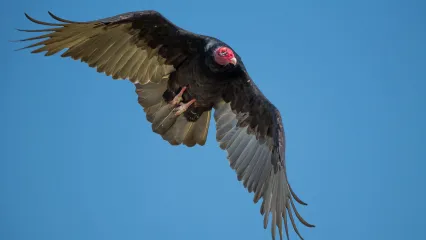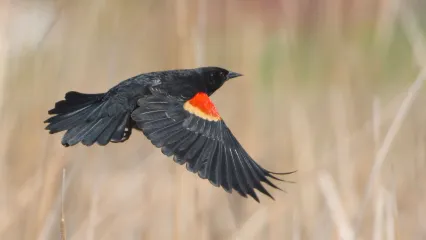
Description
This small sandpiper has dark legs and a brownish body and head with a white belly and flanks. The reddish-orange feathers along the top of the wing, crown and behind the ear can also help with identification of this bird. Western sandpipers are often difficult to distinguish from the similarly-marked semipalmated sandpiper, which has a shorter, straighter bill.
Size
This bird is approximately 6.5 to 6.75 inches in length with a wingspan of 14 to 15 inches.
Habitat
Western sandpipers migrate through Oklahoma and can be found foraging in very shallow wetlands along mud banks with little vegetation. This bird has been reported in scattered areas across the state.
Life Cycle
Western sandpipers breed in the low Arctic and are only found in Oklahoma during their spring (April and mid-May) and fall (late August to early September) migration. They search for insect larvae and small crustaceans by probing the soft mud with their beaks. Some sources have described their feeding behavior as “nervous picking.”
How To Observe
Watch for flocks of migrating and stopover sandpipers at several Wildlife Management Areas, including Hackberry Flat WMA in southwestern Oklahoma and Red Slough WMA in southeastern Oklahoma. Scan mudflats using binoculars or a spotting scope. Western sandpipers are often found with other small sandpipers and can sometimes be viewed from relatively close distances.


